This simple, earthy soup is easily made with pantry ingredients and takes about ten minutes start to finish. It’s a perfectly serviceable and easy meal in its most basic form for those low spoon days, but the beauty of this recipe is its modular nature. Adding fresh ingredients boosts both flavor and nutrition if you can manage the effort. This soup makes an excellent meal-for-one option.
You can customize this soup with a variety of proteins and vegetables based on your preferences or what you have on hand. Recommended veggie and protein options and how to prepare them follow the recipe. Select 1-3 vegetables and 1-2 proteins for the best results. Alternatively, substitute a suitable frozen low FODMAP vegetable medley for fresh veggies.
When serving this soup, I do so Asian style by providing both chopsticks and a ceramic spoon. Personally I am comfortable using chopsticks in my dominant hand while using the spoon in the other. If you find it’s tough to eat this way, you can break or cut the noodles into smaller lengths so it can be eaten with just a spoon. Be careful when breaking noodles by hand as they can cut you. Break a small number noodles at a time. Alternatively you can use cooking shears to carefully cut the noodles once they’ve softened in the boiling water.
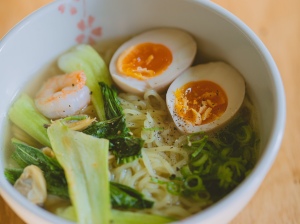
Low FODMAP Easy Sesame Noodle Soup
Makes 1 serving
Ingredients
- 1 cup prepared low FODMAP chicken or beef broth
- 1 cup water
- 1/2 tsp sesame oil
- 1 tsp gluten free tamari
- 1 tsp garlic-infused olive oil
- 1 serving (2 oz) uncooked rice linguini
- 1/8 tsp white sesame seeds
- pinch of white pepper
- 1-2 vegetables of your choice (optional)
- protein of your choice (optional)
Instructions
- Combine water and broth in a small saucepan. Bring to a boil. Add noodles and cook until tender, 4-6 minutes (see noodle packaging). Stir occasionally to keep noodles from sticking.
- Add chosen vegetables and proteins when recommended. (See below).
- When the noodles are fully cooked, remove the saucepan from heat and add sesame oil, garlic-infused oil and tamari. Stir well. Ladle soup into a large bowl. Top with sesame seeds, a pinch of white pepper, and any other garnish you’re using.
Veggie Options
If you have other fresh or frozen vegetables on hand, these are some that work well with the flavors of this soup.
- Romaine Lettuce – Romaine lettuce holds up great in a hot soup. It doesn’t get mushy or slimy and provides a little crunch and freshness as well as nutrition. Slice a large leaf into thin strips that cross the rib. Top soup with them just before serving.
- Baby Bok Choy – According to Monash up to one cup of bok Choy is tolerated by most. Quarter 2 baby bok choy and add them in the last 1 minute to 30 seconds of cooking.
- Broccoli Florets – According to Monash up to 3/4 cup is tolerated by most. Use fresh or frozen. Add in the last minute of cooking for tender crisp doneness. Add a minute earlier if you prefer more tender broccoli.
- Julienned Carrots – Add julienned carrots in the last 3-4 minutes of cooking. If julienning the carrots is too much work, try using a vegetable peeler to make thin strips. Toss the strips in when there’s just one minute of cooking left. Monash recommends limiting carrots to 1/2 of a medium carrot.
- Fresh Spinach – Add a handful or two of spinach leaves just before removing from heat. Stir in.
- Scallions – Slice one scallion into rings (green parts only). Top soup with them just before serving.
Protein Options
- Shredded or Cubed Cooked Chicken – add in the last 1-2 minutes of cooking. Rotisserie chicken works great.
- Thinly Sliced Steak – add in the last 1-2 minutes of cooking. This is a great use for leftover steak.
- Cooked Ground Pork – add in the last 1-2 minutes of cooking.
- Halved Boiled Egg – soft, medium or hard boiled, it’s up to you. Add to your bowl of soup just before serving.
- Poached Egg – poach the egg separately from the rest of the soup. Add to finished soup just before serving.
- Shrimp – cooked shrimp can be added in the last 2-3 minutes. Thawed raw shrimp require 4-5 minutes at a slow boil.
- Tofu – use extra firm tofu that has been cut into cubes. Add tofu in the last 3 minutes of cooking.

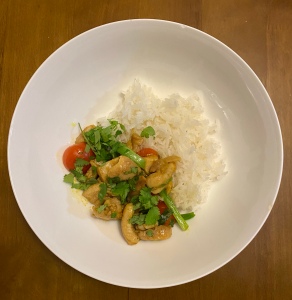
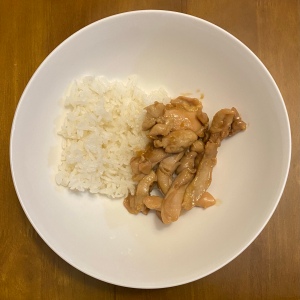
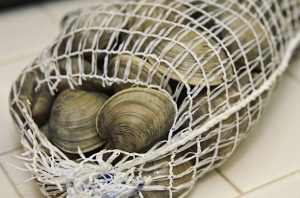
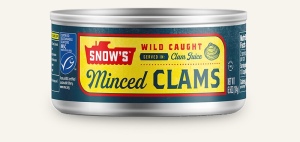
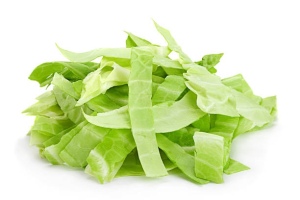
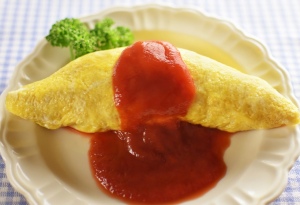
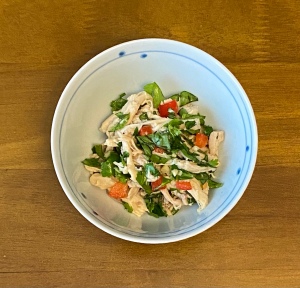
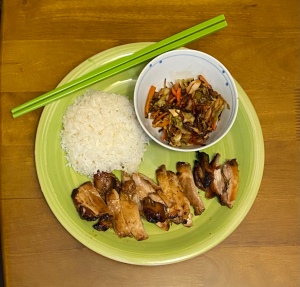
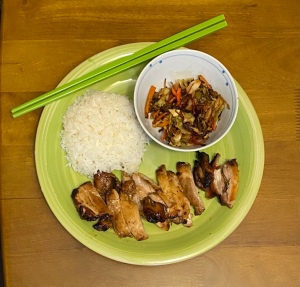
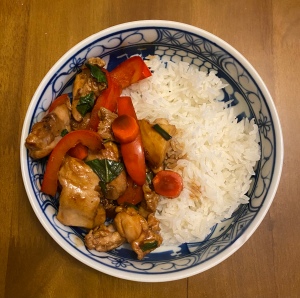
You must be logged in to post a comment.